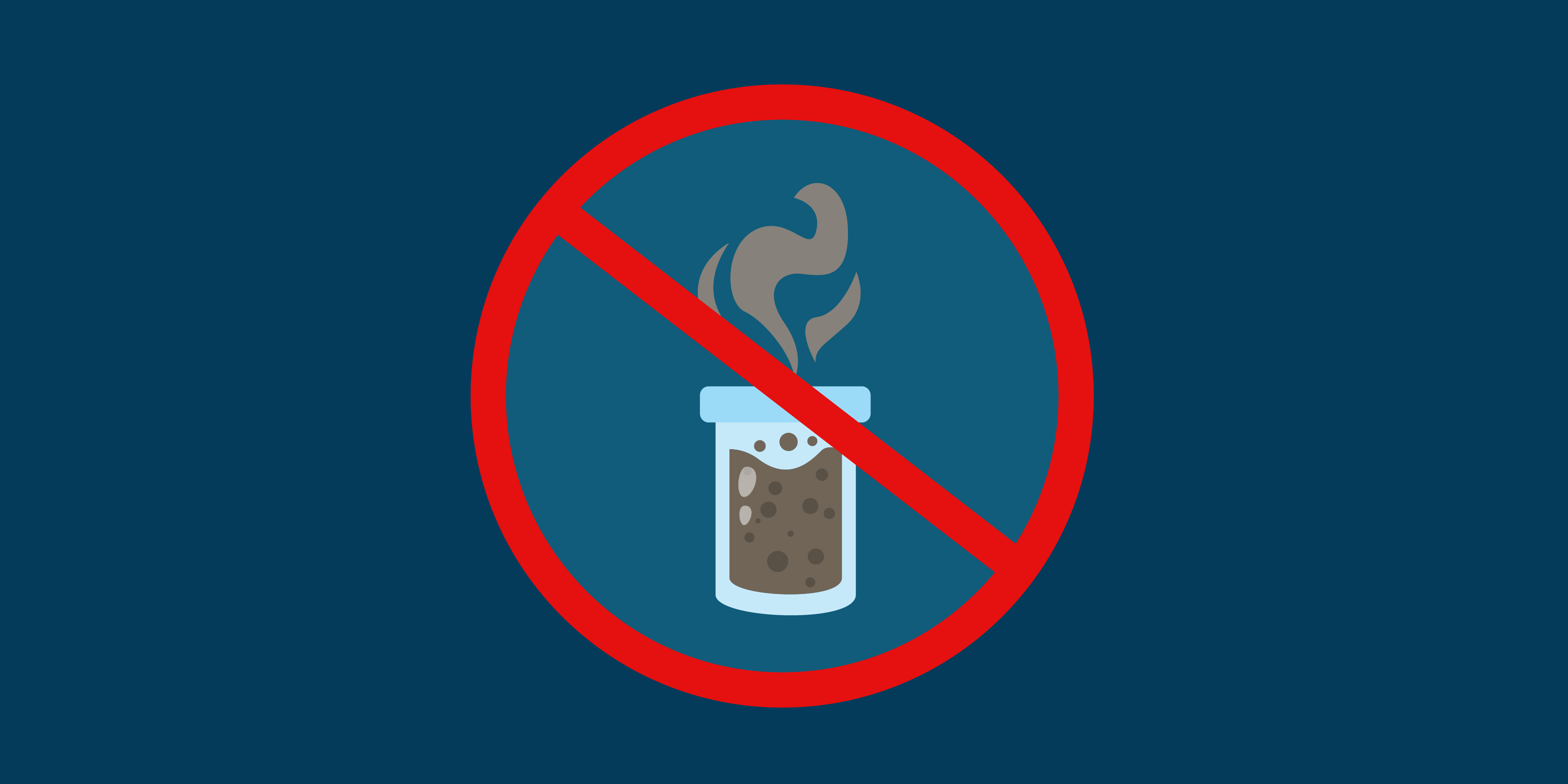Three Potential Health Hazards in the Home

At Aftermath, our teams of professionals are here to help ensure your safety and health following an accident, traumatic event, or hazardous incident. While most of our work centers on the unforeseen and the uncontrollable, there are hazards that you can control. In light of National Poison Prevention Week this month, we thought we would share some insight on what household hazards you can manage right now.
Americans spend roughly 90 percent of their time indoors, either in the car, at work, or at home. Considering the amount of time we spend inside, especially in our homes, it is important to ensure this space is as safe as possible. Unfortunately, it is easy to overlook small details that may be harming you and your family, including hidden hazards like arsenic, formaldehyde and asbestos.
Are There Toxins In Your Home?
- Arsenic
Just because arsenic is naturally formed in the earth’s crust does not mean it is harmless. Arsenic is a confirmed carcinogen found in the air, water and soil. It is used in the processing of glass, pigments, textiles, paper, metal adhesives, and wood preservatives, but the most dangerous levels of arsenic are often found in food and water. The highest natural groundwater concentrations of arsenic can be found in several regions of the United States, including the Southwest, Northwest, Northeast and in Alaska.
Immediate symptoms of arsenic poisoning include vomiting, abdominal pain, diarrhea and sometimes death, but it’s best known for causing cancer of the skin, bladder, and lungs. To reduce exposure, remove wood that has been treated with the arsenic-containing preservatives CCA or ACZA, test water in the home, and install an arsenic removal system.
- Formaldehyde
Formaldehyde is an odorless and colorless chemical frequently used in building materials and household products. Potential sources of the toxin at home include pressed woods, cosmetics, textiles, gas stoves and tobacco smoke. Exposure to formaldehyde occurs as a result of inhalation, ingestion, and absorption through the skin.
According to the National Cancer Society, several agencies have determined that formaldehyde can cause cancer, such as leukemia. Formaldehyde is also capable of causing less severe reactions, including irritation of the skin, eyes, nose, and throat.
To reduce exposure to the toxin, the U.S. Environmental Protection Agency (EPA) recommends purchasing exterior-grade pressed wood products, ventilating the home, and using air conditioners and dehumidifiers whenever possible.
- Asbestos
Asbestos is a naturally occurring mineral fiber. Although the dangers of the material were well known in the 1920s, asbestos was still heavily used across a variety of industries between the 1940s and 1980s for its insulating properties. Due to its affordability and popularity, asbestos can be found in most homes built within that time period.
If asbestos fibers are inhaled, they can embed themselves in the internal organs, eventually leading to the development of mesothelioma cancer. Pleural mesothelioma, affecting the lining of the lungs, is the most common form of the disease and is responsible for 70 to 80 percent of new diagnoses. Symptoms of pleural mesothelioma most often include chest pain, persistent coughing, shortness of breath, and fluid around the lungs. There is currently no cure for mesothelioma, but early detection does improve life expectancy.
Despite the danger, asbestos is still imported into the United States and can be found in items currently in production. Potential sources of exposure include cements, automotive materials, flooring/tiles, roofing materials and more. If you are concerned about asbestos, it is in your best interest to have a professional inspect your home.
Although there are many aspects of our lives that we cannot control, being cautious of toxic materials in our homes is something we can do now to safeguard our future health. Remember, home health directly impacts you and your family. By taking the time to stay mindful of hidden toxins now, you are investing in the future well-being of those you love.
 877-872-4339
877-872-4339  Contact Us
Contact Us 






